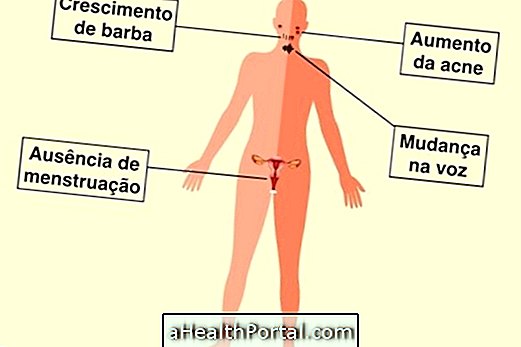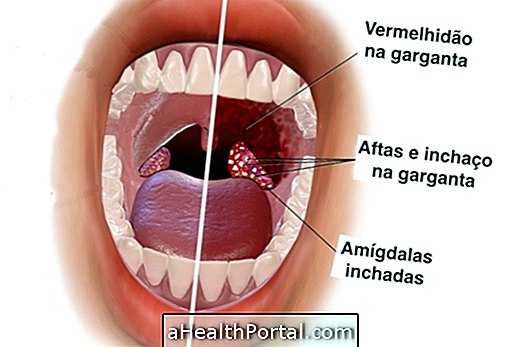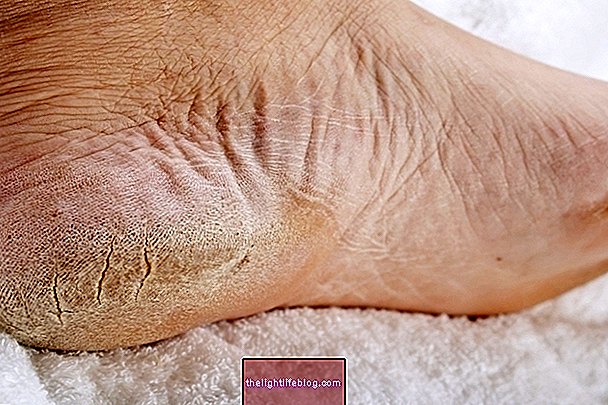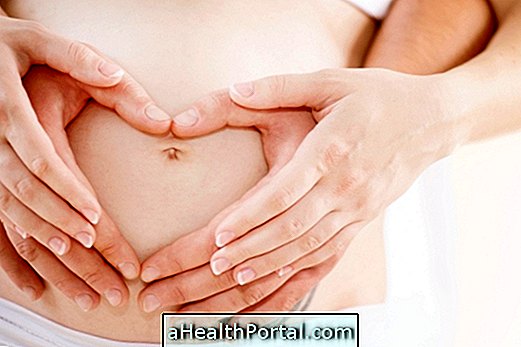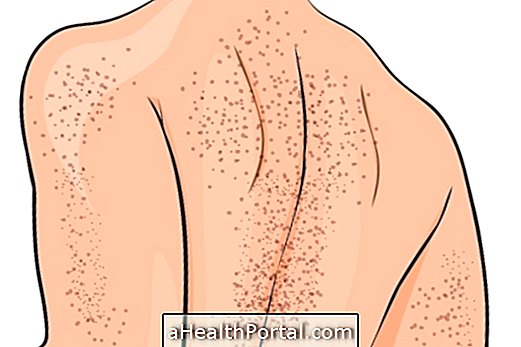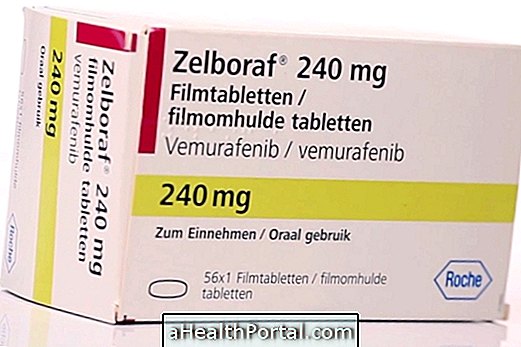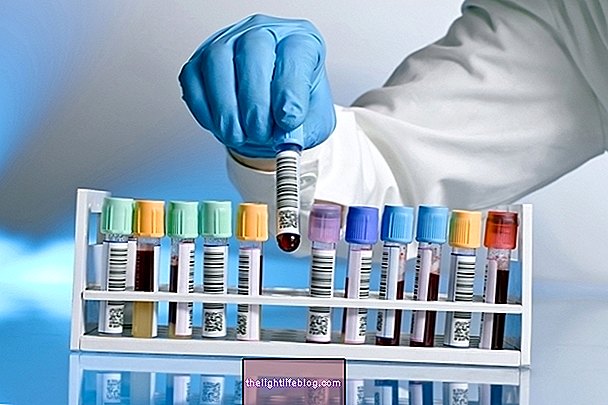The most feared side effect of Diane 35 (oral contraceptive) is deep vein thrombosis, which can result in pulmonary embolism. But, this side effect mainly affects women who have circulatory problems such as:
- Poor circulation in the legs
- Anterior episode of ischemia or thrombosis
- Angina
Women who do not have these health problems usually tolerate Diane 35. However, the use of this drug should only be done under medical guidance, as Diane 35 has a number of contraindications, such as an earlier episode of:
- Deep vein thrombosis
- Pulmonary embolism
- Infarct
- Stroke
- Migraine
- Diabetes
- Pancreatitis
- In case of diagnosis or suspected cancer
Women who have risk factors such as obesity, smoking, and hypertension are also contraindicated for use of Diane 35 because it increases the risk of deep venous thrombosis.
Does Diane 35 cause thrombosis?
Diane 35 can cause thrombosis when it is used improperly and its contraindications are not respected. Diane 35 may also cause thrombosis in the event of surgery (especially in women who are indicated for pelvic or orthopedic surgery) or in the case of prolonged rest, such as keeping the leg immobilized with plaster or splint for more than 20 days. To reduce this risk, it is recommended to stop taking the Diane 35 for a few weeks, taking another contraceptive method, and moving your feet and legs several times a day.
Although Diane 35 is also considered a contraceptive, it is more suitable for the treatment of polycystic ovary syndrome, excess hair and acne. Women who do not have these problems, wishing only to prevent pregnancy, may use other pills with a lower hormone concentration.
Useful links:
- Does birth control gain?
- Antibiotic cuts contraceptive effect?
- Remedies that decrease the efficacy of the pill
